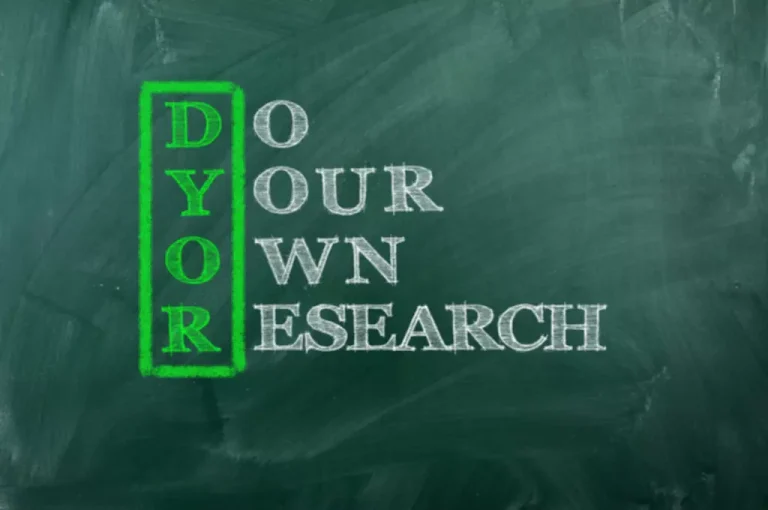Content
This can be frustrating for both banks and their customers, who often have to wait days for transactions to clear. One of the standout advantages of using blockchain in banking is its ability to reduce fraud significantly. After discussing the security enhancements blockchain offers, it’s clear that the technology’s transparency and immutability are game-changers in combating fraudulent activities. Digital currencies are now widely used, https://www.xcritical.com/ and banks can keep up with new financial trends with blockchain. According to the European Payments Council’s 2019 report, this increase in the usage of digital currencies and cryptocurrency is linked to the growth of e-commerce. Using the technology, banks can now accept digital currency for several transactions, including online payments.
المحتوي
Consortium Blockchain Networks, Explained
JPMorgan Chase’s Liink network is a permissioned blockchain platform designed to improve interbank communication. By enabling faster and more secure information exchange, Liink aims to streamline processes like account verification and payment dispute resolution. The tamper-proof Initial exchange offering nature of blockchain ensures transaction authenticity, making it nearly impossible for bad actors to manipulate data.
إقرأ أيضا:article_jule (34275)What are the benefits of blockchain payment systems?
For example- Civic is a blockchain-based identity verification platform where users can control their personal information. blockchain payments With blockchain’s decentralized structure, Civic reduces the risks of traditional and centralized systems. This one may seem initially ironic, given the fact that many consumers are drawn to cryptocurrency for its anonymity.

Cost of Implementing Blockchain Payment Platform in Your Business
The gaming and social media industries are leveraging blockchain to create more transparent, user-driven platforms. Decentralized gaming allows players to truly own in-game assets as non-fungible tokens (NFTs), trade them on open markets, and participate in play-to-earn ecosystems. Social media platforms built on blockchain, like Lens, aim to give users control over their data, promoting privacy and reducing dependence on centralized platforms.
Planning for the Bank’s Future: Why Advanced Data Analytics Is Paramount in 2017?
At its core, a blockchain is composed of blocks, which contain records of transactions. Each block is linked to the previous block through a cryptographic hash function, creating a chain of information that is resistant to tampering and modification. With our trustless payment solutions, you allow buyers and sellers to make payments via crypto wallet. You can either get their wallet developed from scratch or integrate the ready-to-deploy wallet like Metamask and Torres on the NFT marketplaces. Trade finance struggles with the vast paperwork of payment records and invoices, bills, credited amounts, etc. Carrying out these procedures takes up a lot of time as several copies of the same paperwork are required for multiple uses.
إقرأ أيضا:100 Teslas encoded the “democratization” and “decentralization” of Web3 ride-sharingMiners (in a Proof-of-Work system) or validators (in a Proof-of-Stake system) compete to solve complex mathematical puzzles to validate the block. Once validated, the block is added to the chain, and the transaction becomes a permanent part of the ledger. Concerned about future-proofing your business, or want to get ahead of the competition? Reach out to us for plentiful insights on digital innovation and developing low-risk solutions. If you are considering incorporating blockchain into your payment systems, PixelPlex blockchain development company can help you navigate this complex landscape. An in-depth cost-benefit analysis can determine if the long-term benefits of adopting blockchain outweigh the initial investment, ensuring a strategic decision for the business’s future.

This automation not only saves time but also reduces the chances of human error, making agreements more reliable and secure. Industries such as real estate, supply chain management, and finance have already started leveraging smart contracts to streamline their operations. Businesses integrate blockchain in payment solutions to add an extra layer of security to transaction execution.
- Blockchain nodes can be any kind of electronic device that maintains copies of the chain and keeps the network functioning.
- In most blockchains or distributed ledger technologies (DLT), the data is structured into blocks and each block contains a transaction or bundle of transactions.
- Some countries have embraced and regulated cryptocurrencies, providing legal frameworks for their use.
- Outside of public keys, there are few identity and access controls in this type of network.
The Estonian Land Registry uses Blockchain to record all land transactions, providing a secure and transparent record of ownership. This information can be used to prevent land fraud and to ensure that land ownership is properly documented. It guarantees that once a transaction is recorded on the Blockchain, it becomes virtually impossible to alter or tamper with the data. This is achieved through a combination of cryptographic techniques and consensus mechanisms. In this stage, you have to execute thorough research into various blockchain platforms to identify the most suitable one for your blockchain payment system.
إقرأ أيضا:Rep. Tom Emmer sponsors amendment to limit SEC’s crypto oversightIBM Food Trust is a blockchain platform used by Walmart and other companies to track food products from farm to fork. This provides greater transparency into the food supply chain, allowing for faster recalls in case of contamination and improved food safety. Building a payment system based on blockchain technology can offer various possibilities, but it is important to plan it carefully and understand the technical details involved. This guide offers a step-by-step overview of developing a secure and efficient payment system. These can outline dispute resolution protocols for situations like fraud or accidental payments.
In the years ahead, digital wallets and payment gateways may increasingly offer “decentralized payments” that occur in the crypto-blockchain space. Already, consumers show an interest in peer-to-peer transactions via mobile devices like Zelle, Venmo, Cash App, and PayPal. This essentially refers to the nature of different blockchains and/or cryptos to integrate or provide opportunities for exchange.
The ledger transparency creates more trust and a perception of accountability, limiting potential disputes and even effectively enforcing legal and regulatory compliance. One of blockchain technology’s primary advantages is its inherent security features. Decentralized record-keeping and cryptographic protocols can secure transactions and make them tamper-proof.
As pharmaceutical products move through the supply chain, the system records every action. The resulting audit trail allows tracing an item from origin to pharmacy or retailer, helping to prevent counterfeiting and enabling manufacturers to locate a recalled product in seconds. “Smart contracts” can automate transactions, further increasing your efficiency and speeding up the process.

While there are challenges to overcome, the benefits outweigh the drawbacks, making blockchain a powerful tool to revolutionize the way we transact and interact financially. Banks can also process payments almost instantly and save on costs related to multiple departments and expensive systems. Another benefit that can be actualized from the others outlined above is increased trust in businesses that leverage blockchain technology.
Following data privacy regulations ensures user information is handled responsibly. By implementing these measures, we can strike a balance between transparency and user privacy, fostering trust and wider adoption of blockchain payment systems. Transactions are secured by cryptography and permanently recorded on a shared ledger (blockchain) – everyone on the network can see them, making fraud nearly impossible. DeFi platforms leverage blockchain to offer decentralized financial services, including lending, borrowing, and trading, so users can participate in financial activities without relying on traditional banks. Unlike legacy institutions, DeFi entities such as Maker (developers of DeFi app Oasis) accept cryptocurrency security on the platform, with straightforward systems to establish creditworthiness. Private blockchains use identity to confirm membership and access privileges and typically permit only known organizations to join.
This cost efficiency is a key driver behind the growing adoption of blockchain technology in the financial sector. Blockchain-based payment systems are most effective when they have a robust network of participants. Establish partnerships with banks, financial institutions, and other businesses to facilitate seamless interactions and expand your network. Collaborate with existing payment service providers to provide a bridge between blockchain and traditional payment systems.



